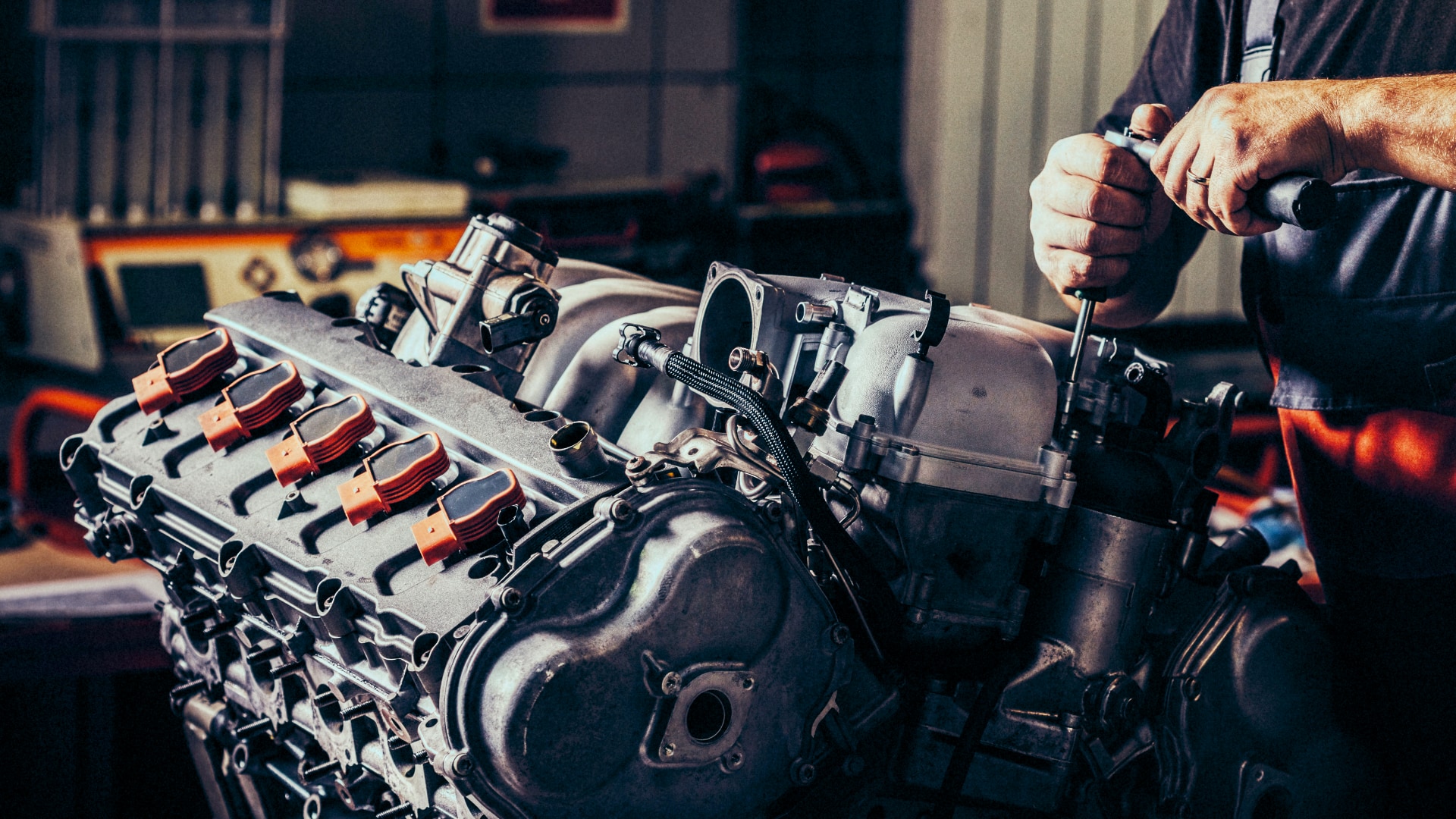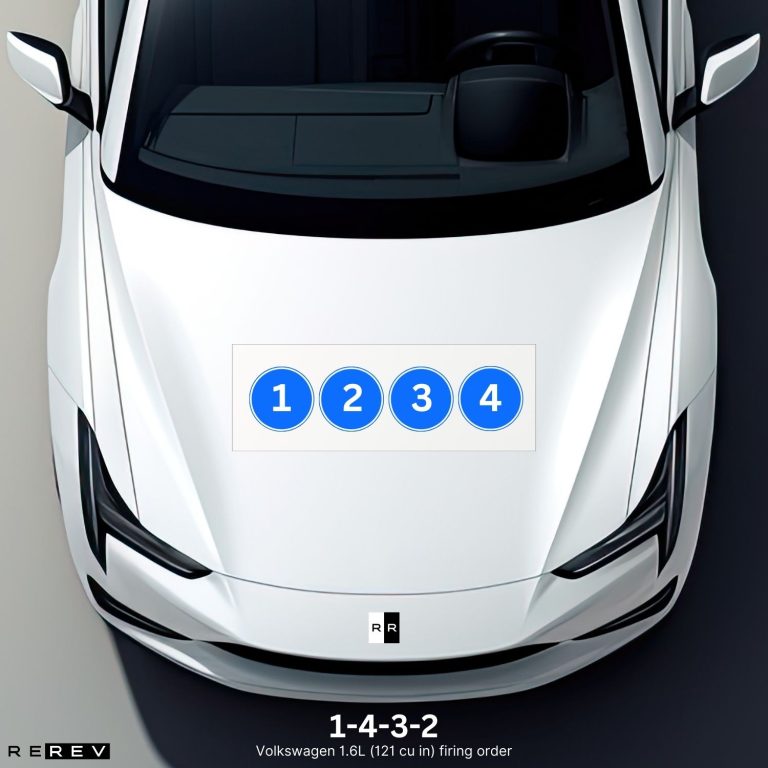Volkswagen 1.6L (121 cu in) firing order — diagram & guide
Refining engine performance with the Volkswagen 1.6L firing order.

During the long history of Volkswagen cars, there hasn’t been a model that’s so widely regarded as one of the best compact cars out there as much as the Volkswagen Beetle. The 1.6-liter engine was first introduced as an air-cooled flat-four engine in this model, but later on, the 1.6-liter straight-four FSI engine appeared.
This confused many drivers looking for the Volkswagen 1.6L (97 cu in) firing order, which is why our team wanted to help you out with this guide. If you own an old beetle for a fun weekend car, we’ll give you all the steps you need to take to check the engine’s cylinder, and so will we do for the newer FSI engine.
Volkswagen 1.6L firing order
The most important thing to note is that the Volkswagen 1.6L firing order is 1-4-3-2 for boxer (flat four) engines. These were mostly used in the first-gen Beetle models as well as a few other VW cars such as the Volkswagen Transporter.
However, the firing order of this engine should be differentiated from the more recent 1.6-liter FSI engine. To give you a perfect example for both, we’ll also be discussing the firing sequence of the newer engine.
Volkswagen 1.6L FSI firing order
Unlike the older Beetle engine, the recent models like the Volkswagen Golf Mk5 or the Jetta come with the more recent FSI engine. This means that the Volkswagen 1.6L FSI firing order is 1-3-4-2 which is a different sequence from the previously mentioned 1.6L engine.
Plus, the engine’s configuration is completely different since this one is a straight-four engine. It means all four cylinders are arranged in a straight sequence from left to right, and that’s a key point to remember when using the firing order.
Volkswagen 1.6L cylinder diagram

Besides the firing order of the engine, it’s also important to note the cylinder arrangement. So, both engines have the configuration of cylinders going from 1 to 4 looking left to right. However, the Beetle engine is a flat-four engine with the cylinders opposing each other, while the straight-four-cylinder engine is a bit different.
With the latter one, the cylinders are arranged from left to right in a straight sequence. So, this makes it easier for drivers to use the firing order and check the engine’s cylinders and coils.
Volkswagen 1.6L vehicle applications
Finally, we wanted to discuss the vehicle applications of both these engines, and we’ll start with the flat-four engine. This one was mostly used in the Volkswagen Beetle as a rear-engined compact car or in the VW Transporter van.
On the other hand, the 1.6-liter FSI engine has been used by quite a few modern vehicles by Volkswagen, so here’s a list of those:
- Volkswagen Golf Mk5
- Volkswagen Passat
- Volkswagen Jetta
- Audi A3
- Audi A4
- Audi A2
As you can see, these engines have also been used in a few Audi models besides VW models for the FSI engine variation.
Our take
Overall, the 1.6-liter engines from Volkswagen are often causing confusion and it’s no wonder due to all those different variations. We still hope to have helped clear that up a bit through this guide and that you’ll be able to use it to your advantage when maintaining the engine.